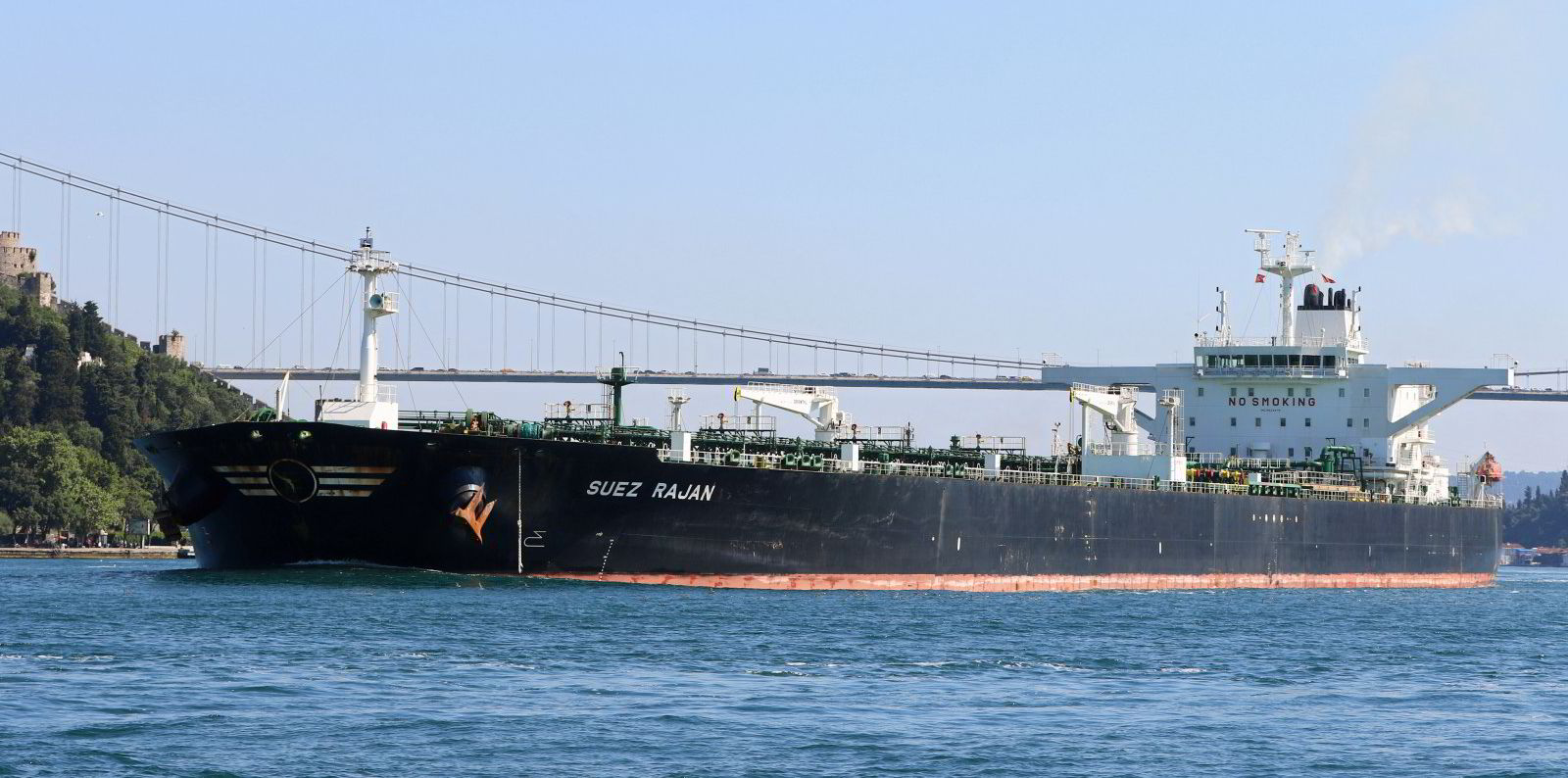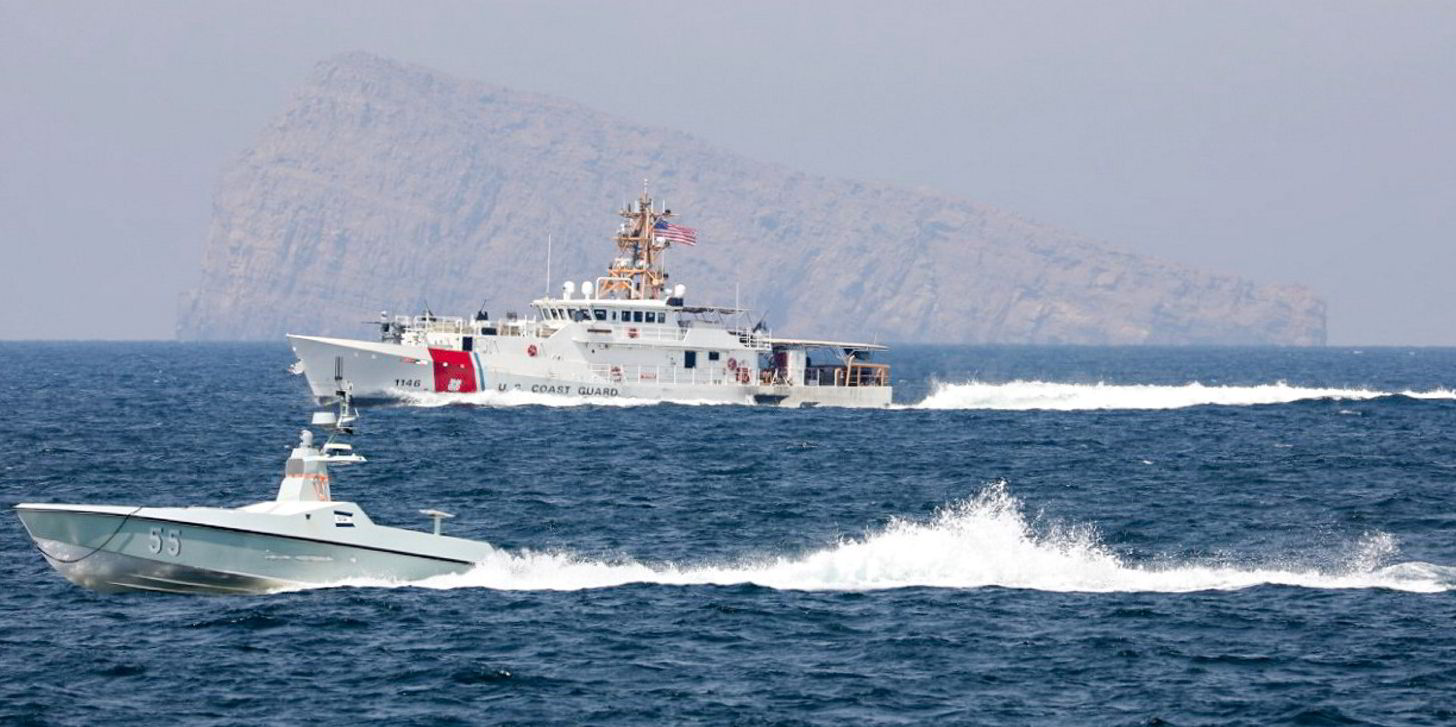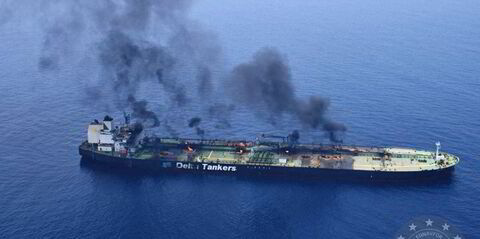When a VLCC transferred an oil cargo onto an Empire Navigation vessel in February 2022, it was just a fraction of the many millions of barrels of the commodity that US authorities claim the tanker had helped move from Iran to China.
That is why it was being watched by United Against Nuclear Iran (UANI) and how that ship-to-ship transfer would lead 19 months later to the first criminal conviction in the US of this type of sanctions busting earlier this month.
But it would also raise a series of questions, including what responsibility a master faces when going along with dark oil transfers, why one ship that routinely engages in such trades remains unsanctioned by the US and enrolled with one of the world’s top shipping flags, why it took so long for a conviction to come to a conclusion and whether there should be repercussions for a fleet of ships delivering partial cargoes used to legitimise sanctioned ones.
As TradeWinds has reported, Greek shipowner Empire Navigation and an affiliate have pleaded guilty in the US and agreed to pay $2.47m in fines over the Iranian oil transferred to the company’s 159,000-dwt Suez Rajan (built 2011).
And the US Justice Department has said that events detailed in this story were part of a scheme to fund the Islamic Revolutionary Guard Corps and its Quds Force, both of which have been designated terrorist groups by Washington.
The operations at the heart of the cases began on 14 January 2022, when the 306,000-dwt tanker Virgo (built 2002) entered the Middle East Gulf, according to documents filed by the Justice Department in a civil forfeiture case aimed at selling the cargo it seized from the Suez Rajan.
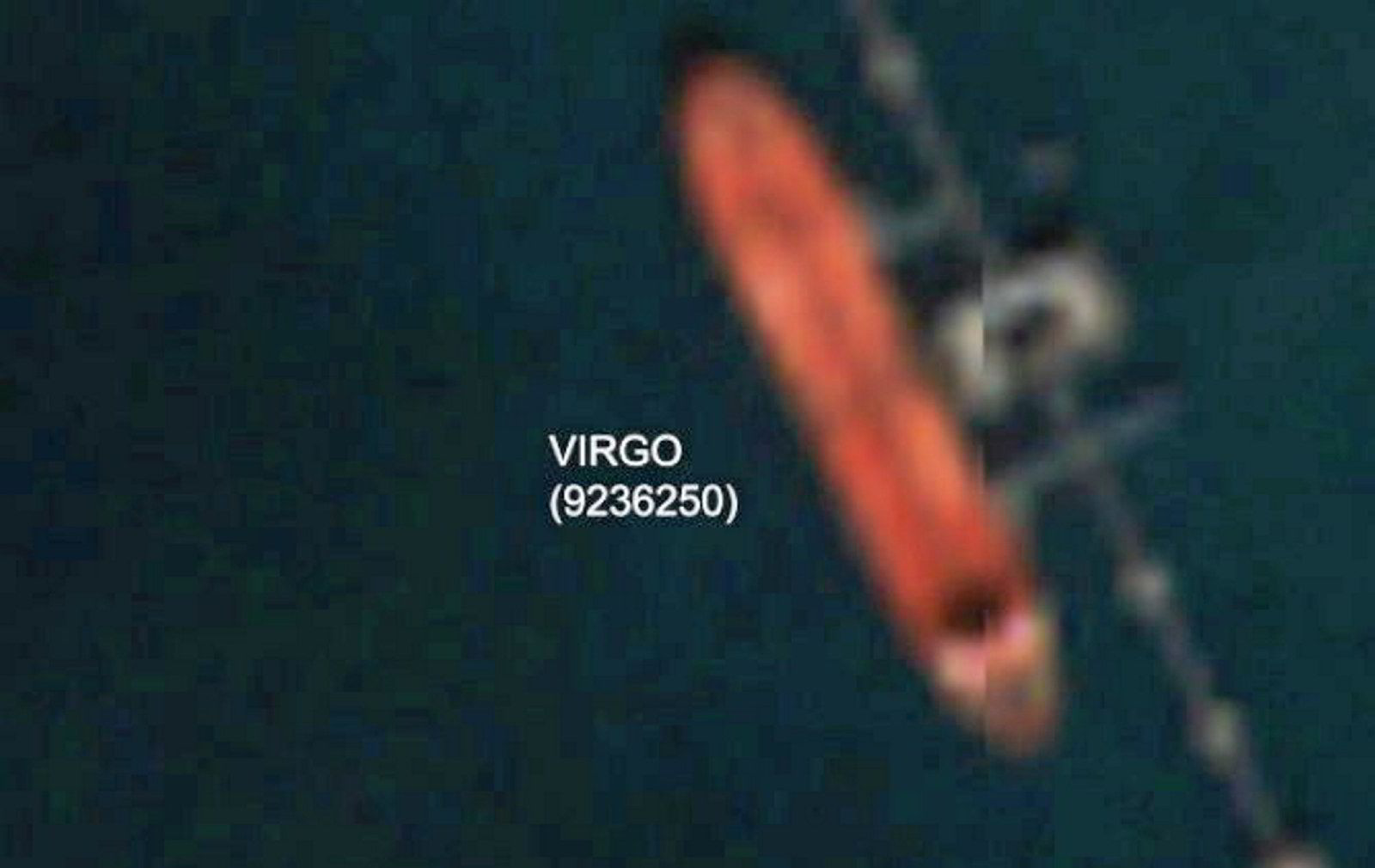
The VLCC headed to Kharg Island, an oil export port in Iran.
But US authorities said that the vessel was using a secondary AIS transponder to broadcast a false location elsewhere in the Gulf while European Space Agency satellite imagery showed that it was loading at the Kharg Oil Terminal on 17 January of last year.

The ship left fully laden, departing the Gulf and heading to the Strait of Malacca, entering the South China Sea on the other side.
Justice Department lawyers, citing a paid confidential source, said the VLCC had transported at least 18m barrels of Iranian crude to China. The transfer to the Suez Rajan was one of eight detailed by US authorities, and UANI chief of staff Claire Jungman said the vessel is one of several that she and her team watch every day.
But the ship is not listed on the Office of Foreign Assets Control list of sanctioned vessels, despite the evidence of furtive cargo transfers, and it is among a large fleet of tankers that serve Iran’s oil industry and are flagged in Panama, which was the world’s largest ship registry until losing the top spot to Liberia.
“Panama has an obligation to look at the vessels that they are allowing to fly its flag and prevent them from violating sanctions,” Jungman said, as TradeWinds has reported.

The Panama Maritime Authority has not responded to TradeWinds’ requests for comment. Contact information was not available for the Virgo’s owner, Suriname-registered Rishing Phoenix Provider, and manager Mariziya Shipping of India.
A day after the Virgo pulled up to Kharg Island, the Suez Rajan began sailing empty from China, ultimately arriving at a location near Singapore. At the time, the ship was on bareboat charter to an affiliate of Greece’s Empire Navigation called Suez Rajan Ltd, which secured lease finance for the ship from Oaktree Capital Management’s Fleetscape arm. Empire Navigation, an outfit controlled by Stamatis Molaris, operated the vessel, government lawyers wrote.
- 17 January 2022: The Virgo loads a cargo at the oil terminal at Kharg Island, Iran. Its location transponder falsely broadcasts that it is elsewhere in the Gulf. It departs the Kharg Oil Terminal and its AIS transponder resumes normal transmissions.
- 31 January 2022: The Virgo enters the South China Sea.
- 2 February: The Suez Rajan arrives off Singapore after sailing from China.
- 3 February 2022: Suez Rajan Ltd signs a charter deal with Company B.
- 5 February 2022: The Suez Rajan transfers nearly 4,000 barrels of oil from the CS Brilliance off Tanjung Pelepas, west of Singapore. The Suez Rajan reports a draught that corresponds with loading more than 1.06m barrels.
- 6 February 2022: The Suez Rajan’s vessel log shows it took on about 979,935 barrels, but that is crossed off and replaced with an entry saying it has 3,931 barrels. The captain issues several letters of protest.
- 12 February 2022: The Suez Rajan begins transferring more than 976,000 barrels of crude from the Virgo.
- 14 February 2022: After the loading is complete, the master of the Suez Rajan issues more letters of protest.
- 15 February 2022: UANI identifies Iranian oil smuggling by the Suez Rajan and immediately informs Oaktree Capital Management and government authorities.
- 16 February 2022: Person A instructs the captain to correct the ship’s oil record book to correctly reflect the two loadings.
- 16 February 2022: Company B makes its final payment on charter fees, with the total reaching $1.23m.
“Fleetscape has never had any role in the operation of the Suez Rajan,” the company told TradeWinds in a statement. The US outfit relinquished title to the vessel in May of this year after the financing was repaid.
On 3 February, the Suez Rajan landed a new charter, with a Hong Kong-registered outfit identified in court records only as Company B, the documents show. It is believed to be a front for Iranian interests. Company B ultimately paid Empire Navigation nearly $1.23m in charter fees, according to the court documents.
A day after that deal was signed, according to Justice Department filings, Company B ordered the captain of the Suez Rajan to carry out transfers from two vessels.
The first was the 300,000-dwt CS Brilliance (built 1998), and it was to deliver about 4,000 barrels of oil to the Suez Rajan while both vessels were off the Malaysia Tanjung Pelepas Port, west of Singapore, followed by the transfer of 1m barrels from the Virgo.
Then, an Empire Navigation employee identified in court documents as Person A contacted the master and told him the two cargoes would be declared as one.
“That’s pretty common,” said Jungman. “We’ve started to see that occur more over the last year to year and a half. They take this small amount of oil so that they can rebrand it as a Malaysian blend.”
The owner of the CS Brilliance should be investigated, she told TradeWinds.
Equasis, the shipping database maintained by the French transport ministry, identifies the CS Brilliance as owned by CHSB Shipping, a one-vessel company registered in the Marshall Islands, where shareholder information for such entities is shrouded in secrecy.
It is listed as managed by United Ship Management of Singapore, whose website provides no phone or email contact information. The Clarksons Shipping Intelligence Network database identifies the CS Brilliance as owned by CSSC Energy, a unit of giant yard group China State Shipbuilding Corp, which did not respond to TradeWinds’ request for comment.
The CS Brilliance operates as a floating storage and offloading unit, remaining off the southern tip of Peninsular Malaysia, just outside Singapore’s waters.
Court records show Person A told the captain that the total quantity of oil was to be reported in the ship’s documents, including the oil record book, as a single loading operation.
“The captain of the Suez Rajan informed Person A that it was important to accurately report both STS operations, but Person A stated this was the agreement between Company B and Empire Navigation,” Justice Department lawyers wrote.
Ship tracking data showed that the transfer from the Suez Rajan to the CS Brilliance took place over 14 hours on 5 February 2022, but Person A asked the captain to alter the data again, updating the draught broadcast by the vessel’s transponder to make it appear that the ship was fully laden, according to court records.
“The captain of the Suez Rajan informed Person A that manipulating the AIS to change the draught could raise questions with authorities in the Singapore Strait, or individuals aboard the Brilliance,” US prosecutors wrote. “But Person A told him that Empire had done this in the past, and if the captain had any concerns, he could call the captains of other vessels for clarification on how Empire has done this activity in the past.”
Prosecutors said the captain and the chief officer of the Suez Rajan did falsify records at the behest of Person A.
But that same day, the captain issued a series of letters of protest over the first transfer operation, complaining that the ship received 3,914 barrels instead of the 3,919 reported by the CS Brilliance and that the vessel failed to issue certificates of quality, quantity and origin for the cargo.
On 12 February, the Suez Rajan started another transfer operation with the Virgo, moving 976,000 barrels onto the Empire Navigation tanker.
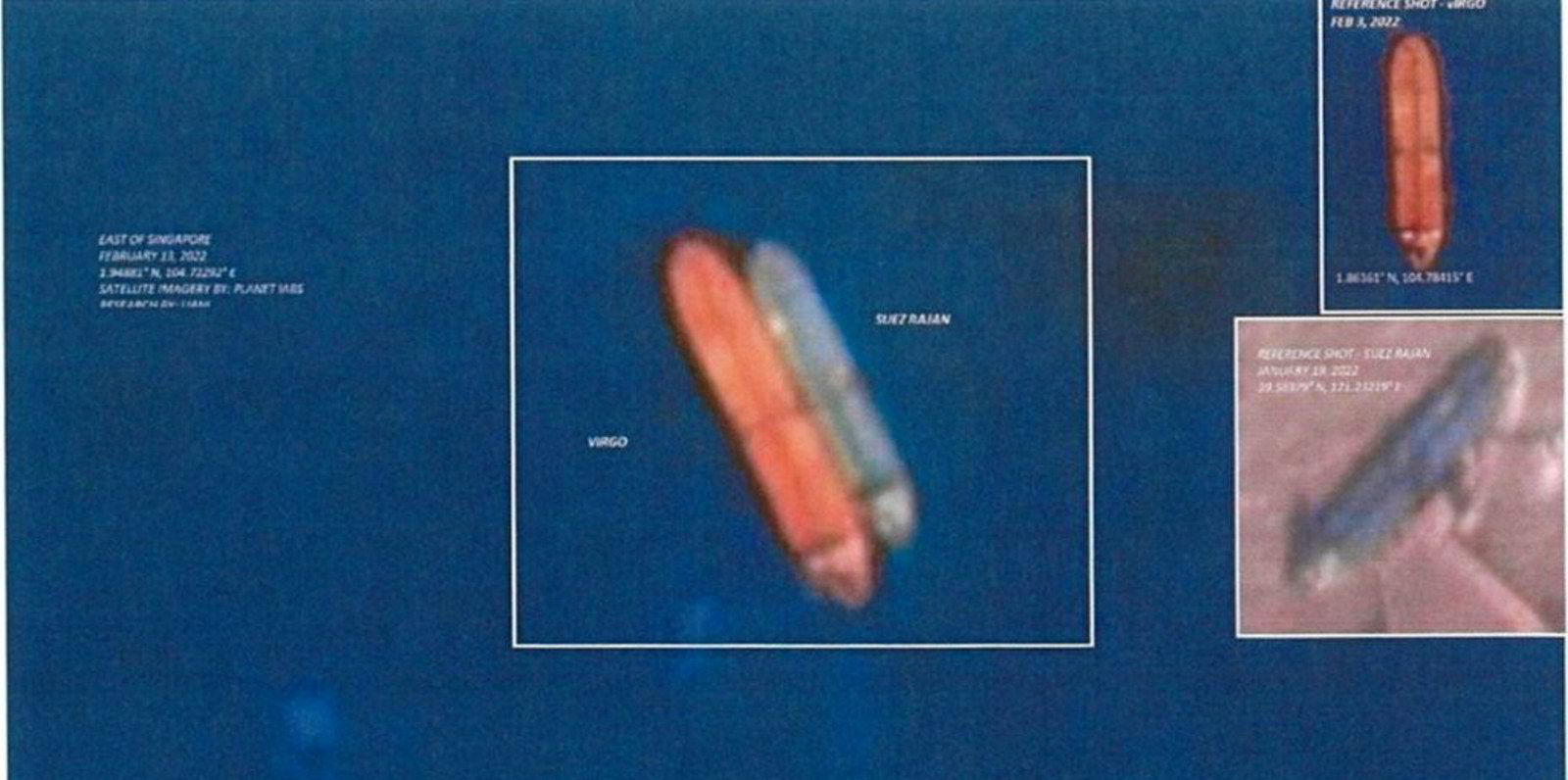
Satellite images, corroborated by the Suez Rajan’s logs, showed the transfer off Singapore. But while the Suez Rajan was broadcasting its correct location, the signal from the Virgo showed it was about 13 km (eight miles) away from the Suez Rajan.
When the two-day operation was complete, the captain sent emails to Company B and Empire Navigation, detailing the transfer. And he issued more letters of protest, including one complaining of “short loading” — the Suez Rajan received 976,000 barrels instead of the intended 1.1m barrels of crude, plus or minus 10%.
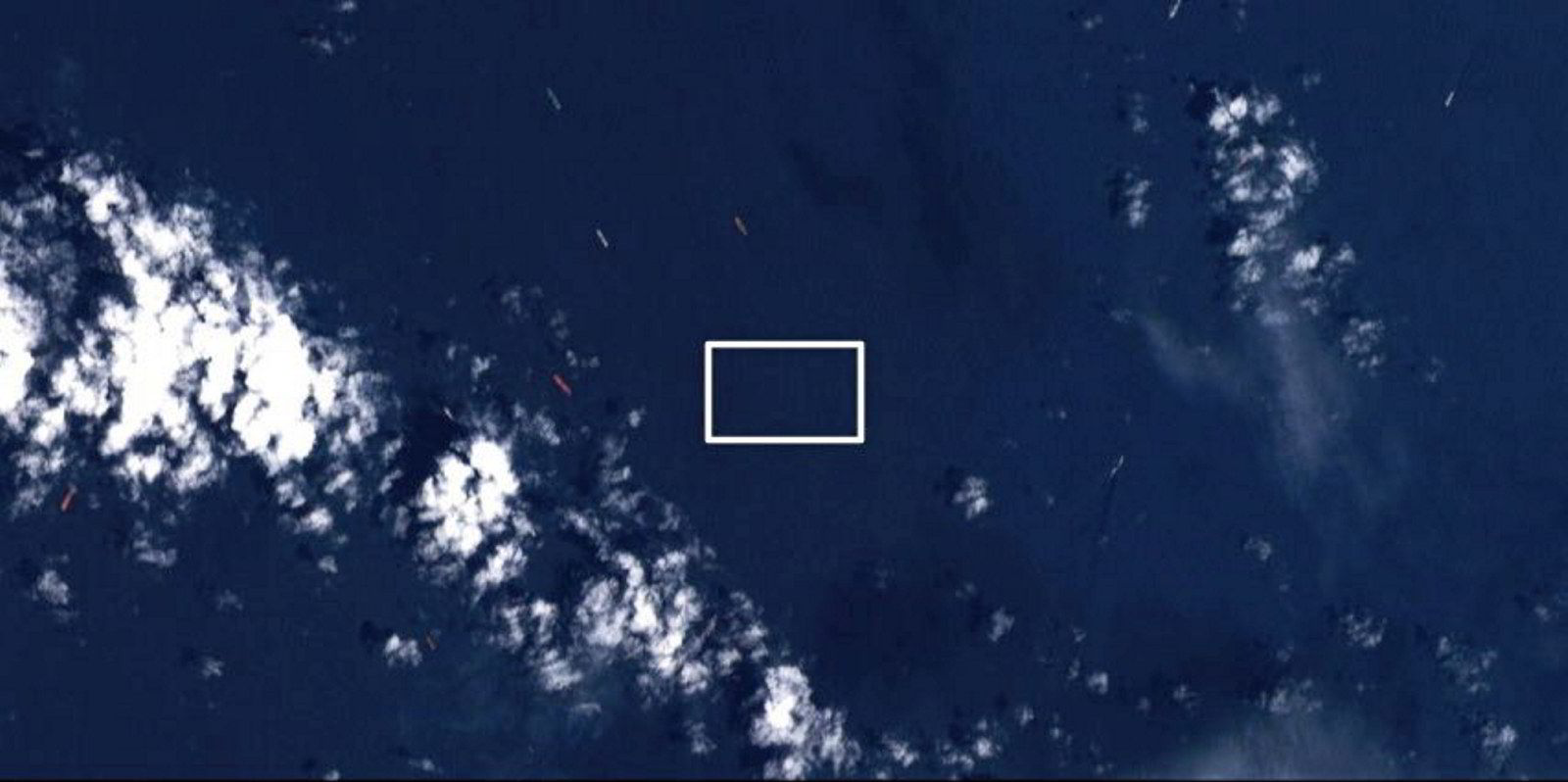
After the operation was over, Person A communicated a change of heart about falsifying records, according to court documents. On 16 February, the Empire Navigation employee instructed the Suez Rajan’s captain and chief officer to correct the ship’s oil record book.
The court records did not say exactly how that was accomplished.
However, the Suez Rajan’s log contained an entry on 6 February 2022 that indicates a transfer of about 980,000 barrels of crude, but that was crossed out, court records show. Another entry on the same day showed a transfer of 3,931 barrels.
It is not clear from court records what led Person A to change his mind.
But only a day earlier, UANI first identified what it described as oil smuggling involving the Suez Rajan. The group informed Oaktree, as well as relevant government authorities.
A few days later, the US private equity giant and its Fleetscape unit said they were cooperating with US government investigators.
Mark Wallace, a former US ambassador to the United Nations who is UANI’s chief executive, recently applauded Empire Navigation for ultimately doing the right thing by pleading guilty.
“Those companies, captains and crews that do not follow the example of Empire Navigation should expect to face severe criminal and reputational consequences and the inability to operate in the broader legitimate shipping industry,” he said after the guilty plea was made public.
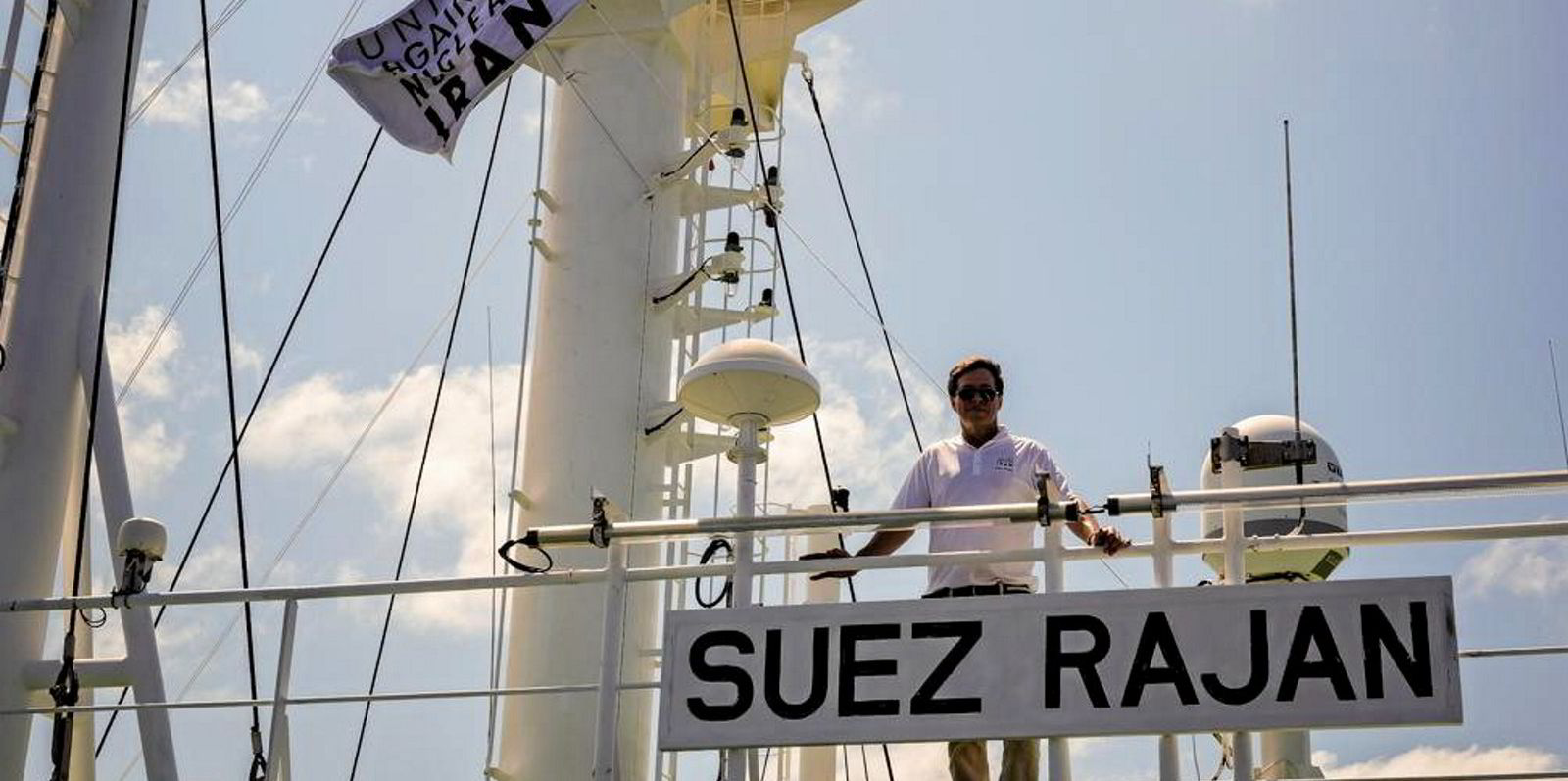
It is not known whether Person A, the Suez Rajan master or the chief officer faced any repercussions for their involvement in falsifying documents. Empire Navigation and its US lawyer did not immediately respond to a request for comment.
In pollution cases, the Justice Department routinely prosecutes ships’ officers for false entries in ships’ oil record books.
In fact, the Suez Rajan case was the second this year in which a Molaris-controlled company has been fined for falsifying records. In January, Empire Bulkers agreed to pay $2m for false entries on an oil record book. Chief engineer Warlito Tan was prosecuted but found not guilty.
Ultimately, UANI said it took the Justice Department 577 days to bring the Suez Rajan case to a conclusion.
Wallace said that if a small non-profit group can detect the cargo transfers and take actions that ultimately seized the Suez Rajan, imagine what it could do with the resources of the US government.
The UANI leaders told TradeWinds that the Biden Administration needs to put more resources into prosecuting the smuggling of Iranian oil.
“We need to have the same commitment and focus on discouraging Iranian smuggling and have criminal consequences,” he told TradeWinds.
“We must let the smuggling industry know that you have a choice: face prosecution and have no future in the shipping industry, or you can cooperate with us and relevant authorities and leave the mob but with a viable future in the shipping industry.”
The Suez Rajan has now been renamed St Nikolas.

